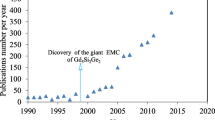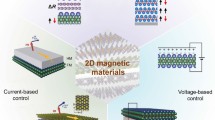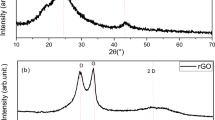Abstract
High-performance permanent magnets (pms) are based on compounds with outstanding intrinsic magnetic properties as well as on optimized microstructures and alloy compositions. The most powerful pm materials at present are RE–TM intermetallic alloys which derive their exceptional magnetic properties from the favourable combination of rare earth metals (RE=Nd, Pr, Sm) with transition metals (TM=Fe, Co), in particular magnets based on (Nd,Pr)2Fe14B and Sm2(Co,Cu,Fe,Zr)17. Their development during the last 20 years has involved a dramatic improvement in their performance by a factor of >15 compared with conventional ferrite pms therefore contributing positively to the ever-increasing demand for pms in many (including new) application fields, to the extent that RE–TM pms now account for nearly half of the worldwide market. This review article first gives a brief introduction to the basics of ferromagnetism to confer an insight into the variety of (permanent) magnets, their manufacture and application fields. We then examine the rather complex relationship between the microstructure and the magnetic properties for the two highest-performance and most promising pm materials mentioned. By using numerical micromagnetic simulations on the basis of the Finite Element technique the correlation can be quantitatively predicted, thus providing a powerful tool for the further development of optimized high-performance pms.
Similar content being viewed by others
Author information
Authors and Affiliations
Rights and permissions
About this article
Cite this article
Goll, D., Kronmüller, H. High-performance permanent magnets. Naturwissenschaften 87, 423–438 (2000). https://doi.org/10.1007/s001140050755
Issue Date:
DOI: https://doi.org/10.1007/s001140050755




